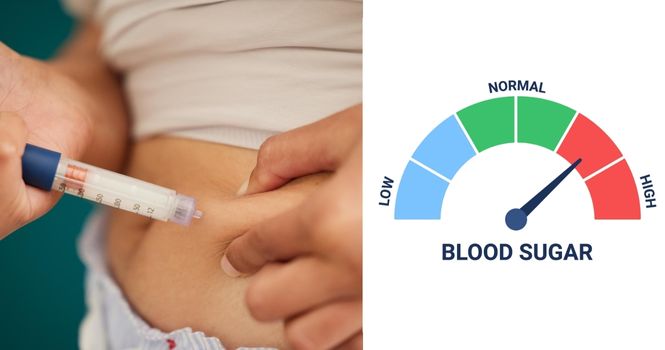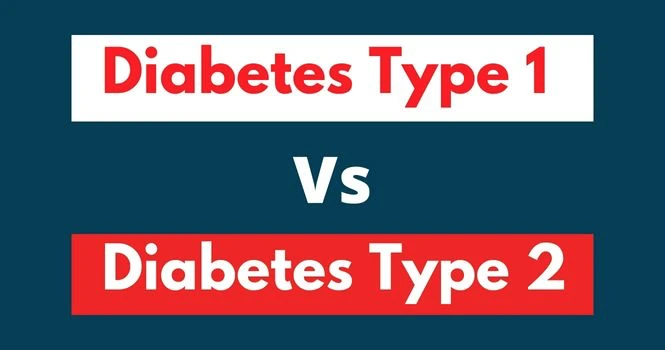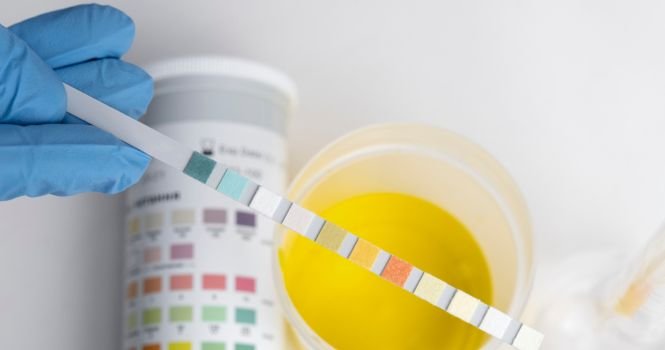Whenever there is increase in Blood glucose levels, insulin is secreted to get it down to normal levels, by making cells in the Liver, Muscle and fat to take up glucose, to be used for energy.
If there is insulin release in response to high glucose, but the cells in the body don’t respond to insulin and uptake of glucose is reduced or impaired, then there is a resistance for glucose to move into the cells; and this is called Insulin Resistance , also called insulin insensitivity, as the cells are insensitive to insulin release; That means the cells are not taking in Glucose for energy in response to Insulin release. They have become insensitive.
Let’s understand a few basic concepts before we go into details…
What is Insulin?
Insulin is a hormone, secreted by the beta cells of the Pancreas, that helps the body use glucose for energy. When you have insulin resistance, your body doesn’t use insulin as well as it should. This causes your blood sugar levels to rise, which can lead to some very serious health problems.
Where Insulin is produced?
Insulin is produced in the beta cells of the pancreas. The pancreas is a large gland that sits behind the stomach. The beta cells are located in the pancreatic islets, which are small clusters of cells within the pancreas. When blood sugar levels rise, the beta cells release insulin into the bloodstream.
When is Insulin Released from the Pancreas?
Insulin is released from the pancreas in response to rising blood sugar levels. After you eat a meal, your blood sugar levels rise and signal the pancreas to release insulin. Insulin then helps to move glucose from the bloodstream into your cells, where it can be used for energy.
Hormones released by Pancreas
- Glucagon
- Insulin
- Somatostatin
- Pancreatic polypeptide
Insulin Vs Glucagon
- Both are hormones
- Both are released from the pancreas
- Insulin lowers blood sugar
- Glucagon raises blood sugar
Why Insulin is important?
Insulin is important because it helps the body use glucose for energy. When you have insulin resistance, your body doesn’t use insulin as well as it should. This causes your blood sugar levels to rise, leading to complications.
Actions of Insulin
Insulin has several important actions in the body
- Insulin helps to move glucose from the bloodstream into your cells, where it can be used for energy.
- Insulin also helps to store glucose in the liver and muscle tissue as glycogen. Glycogen is a storage form of glucose that can be used for energy when blood sugar levels are low.
- Insulin helps to control the rate at which your body breaks down glycogen and fat for energy.
- Insulin also plays a role in protein metabolism. It helps to transport amino acids into cells and promote protein synthesis.
Mode of Action of Insulin
Insulin works by binding to insulin receptors on the surface of cells. This triggers a cascade of events inside the cell that eventually leads to the uptake of glucose from the bloodstream. Once inside the cell, glucose can be used for energy or stored as glycogen.
Regulation of Insulin Secretion
There are several things that can affect insulin secretion
- Blood sugar levels : Insulin is released in response to rising blood sugar levels. After you eat a meal, your blood sugar levels rise and signal the pancreas to release insulin.
- The time of day: Insulin secretion is highest after meals and lowest during fasting.
- Exercise: Exercise can increase insulin sensitivity and lead to increased insulin secretion.
- Other hormones: Several other hormones, including glucagon, cortisol, and epinephrine, can affect insulin secretion.
Prolonged hyper secretion of insulin will lead to
- Hypoglycemia
- Weight gain
- Fatigue
- Headaches
- Irritability
Causes of insulin resistance or insulin insensitivity
Even though the exact cause is uncertain, Genetic and Lifestyle Factors are attributed to Insulin Resistance. This insulin resistance may be temporary or chronic. It may be due to intake of Certain Medications.
Another common cause is a sedentary lifestyle. If you don’t get enough exercise, your body can become resistant to insulin.
One of the most common causes is being overweight or obese. Having too much fat around your organs makes it more difficult for your body to use insulin properly.
Visceral obesity, due to accumulation of fat in the stomach area, correlates with insulin resistance; Subcutaneous abdominal fat seems to have less of an association with Insulin Resistance.
There are many patients with type 2 diabetes who, while not overtly obese, have increased visceral fat; they are termed the “metabolically obese” It may be due to intake of Certain Medications.
How do you know, if you are at Risk?
By measuring your waist circumference with a measuring Tape.

Males : If your waist measurement is 40 inches or more.
Females: If your waist measurement is 35 inches or more.
It is linked to insulin Resistance. These measurements don’t apply to children or pregnant women.
Always remember the correct way to measure your waist circumference is at the level of Umbilicus or belly button , as shown in this figure.
Visceral Fat and Subcutaneous Fat
Visceral fat is more dangerous and Exercise may affect the deposition of visceral fat as suggested by CT scans of Japanese wrestlers, whose extreme obesity is predominantly subcutaneous
Sumo wrestlers have vigorous exercise programs and eat 5000 to 7000kcal. And when CT scans were done, they didn’t have much visceral fat. The fat was mostly subcutaneous.
Their Lipid Profiles tests were done and they were within Normal limits.
Their Blood Sugar levels were also done and they were also within Normal Limits.
It’s important to exercise as Exercise may affect the deposition of visceral fat.
Insulin Resistance may lead to
- Cardiovascular disease.
- Nonalcoholic fatty liver disease.
- Metabolic syndrome.
- Polycystic ovary syndrome (PCOS)
Does Insulin Resistance lead to Diabetes?
This Insulin Resistance will lead to Prediabetes, where in the pancreas is producing more and more insulin to overcome the resistance, but blood glucose levels are within normal limits or slightly over the normal limits.
When this goes on for longer duration, then there will be depletion of beta cells , which secrete insulin, leading to insulin deficiency and when combined with insulin resistance, will lead to Type 2 Diabetes.
How is insulin resistance harmful?
High insulin levels may lead to,
- Higher triglyceride levels.
- Nonalcoholic fatty liver disease,
- Polycystic ovary syndrome (PCOS).
- Fatigue
- Weight gain around the waist ( Pot Belly)
- Hardening of the arteries (atherosclerosis).
- Headache
- High blood pressure (hypertension).
- Irritability
- Lack of motivation
It is also linked to metabolic syndrome, which leads to increased risk of stroke and heart disease.
How to Reverse Insulin Resistance?
It can be done by making the cells more effective in taking in Glucose and sensitive to insulin, thereby requiring less insulin.
Being physically active makes you more sensitive to insulin and
To avoid
- Refined carbohydrates,
- Sugary drinks, like colas
- Processed meats which increase the sugar levels fast
Opting for
- Complex carbs,
- Effective management of stress
- Losing weight and
- Enough sleep
will help you reverse insulin resistance.
Your doctor’s goal for you would not only be to correct hyperglycemia but to manage the High blood pressure and deranged Lipid Profile that result in stroke and Heart attacks in these patients.










